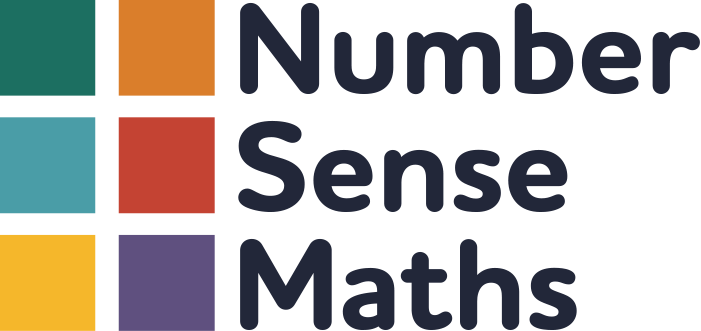Number Sense Maths Principle 10
Rehearsal of multiplication facts should focus on a few facts at a time. Retrieval should be time limited, with correct responses given when facts are not retrieved within the response time.
Research Finding
Research shows that practising with small sets of no more than 2-4 facts at a time moves students most effectively to automaticity. During practice response times must be limited so that answers are recalled rather than derived. If the response time elapses before the child can respond, the student should be given the answer and presented with the fact again. This should continue until the child gives the correct answer within the controlled response time. Giving the answer to the student, rather than allowing them to derive the answer changes the nature of the task. Instead of simply finding the answer the student is involved in checking in to see if he or she remembers the answer. If not, they are reminded of the answer and given more opportunities to practise remembering the fact's answer [21,22,23,24].
Application to Number Sense Maths
Daily fluency sessions in the Times Tables Fluency programme are limited to two minutes to ensure children recall rather than derive facts. Training and guidance is given to teachers running the fluency sessions on how to support and prompt children on facts they do not yet know. Done badly, timed sessions can cause anxiety for some children. Guidance is provided on managing this carefully.
The practice sheets and practice booklets have been designed with the following principles (1) introduce a maximum of three new facts at a time, often just one or two, (2) practise new facts in isolation, then mix with previously learnt facts (3) practise facts to a very high degree of accuracy for all children.
References
[25] LOGAN & KLAPP, (1991a) Automatizing alphabet arithmetic I: Is extended practice necessary to produce automaticity? Journal of Experimental Psychology: Learning, Memory & Cognition
[26] COOKE, N. L., GUZAUKUS, R., PRESSLEY, J.S., KERR, K. (1993) Effects of using a ratio of new items to review items during drill and practice: Three experiments. Education and Treatment of Children, 16(3), 213-234
[27] STEIN, M., SILBERT, J., & CARNINE, D. (1997) Designing Effective Mathematics Instruction: a direct instruction approach (3rd Ed). Upper Saddle River, NJ: Prentice Hall, Inc.
[28] HASSELBRING, T. S., GOIN, L. T., & BRANSFORD, J.D. (1987) Effective Math Instruction: Developing Automaticity. Teaching Exceptional Children, 19(3) 30-33
